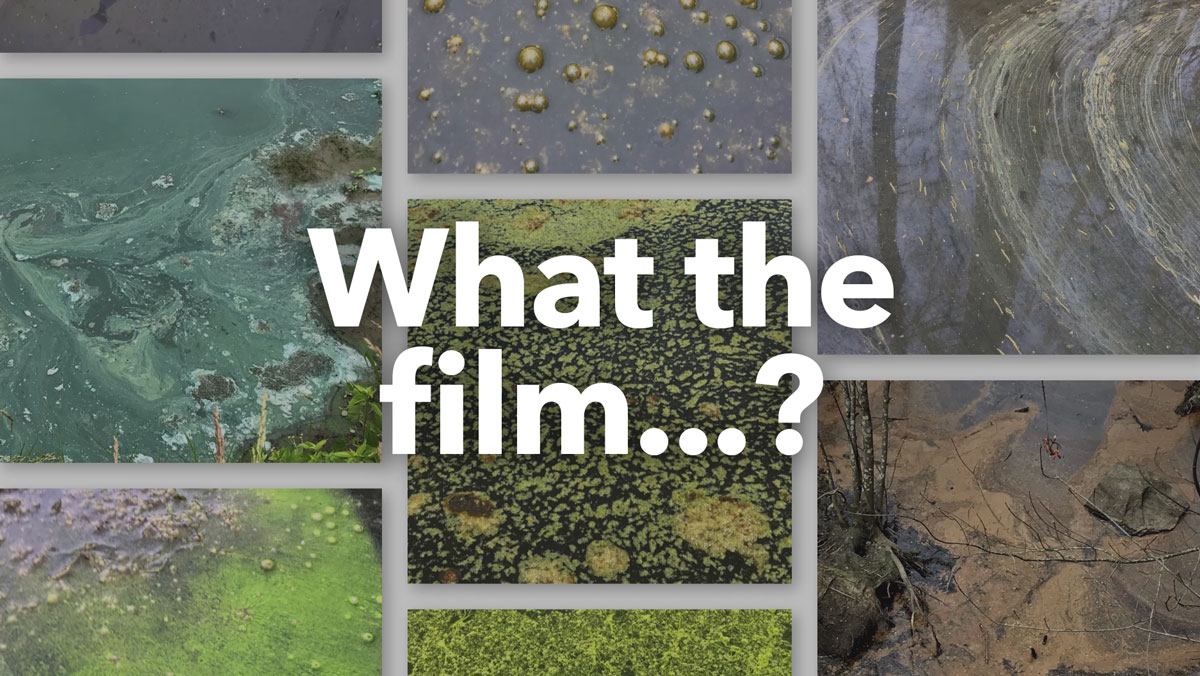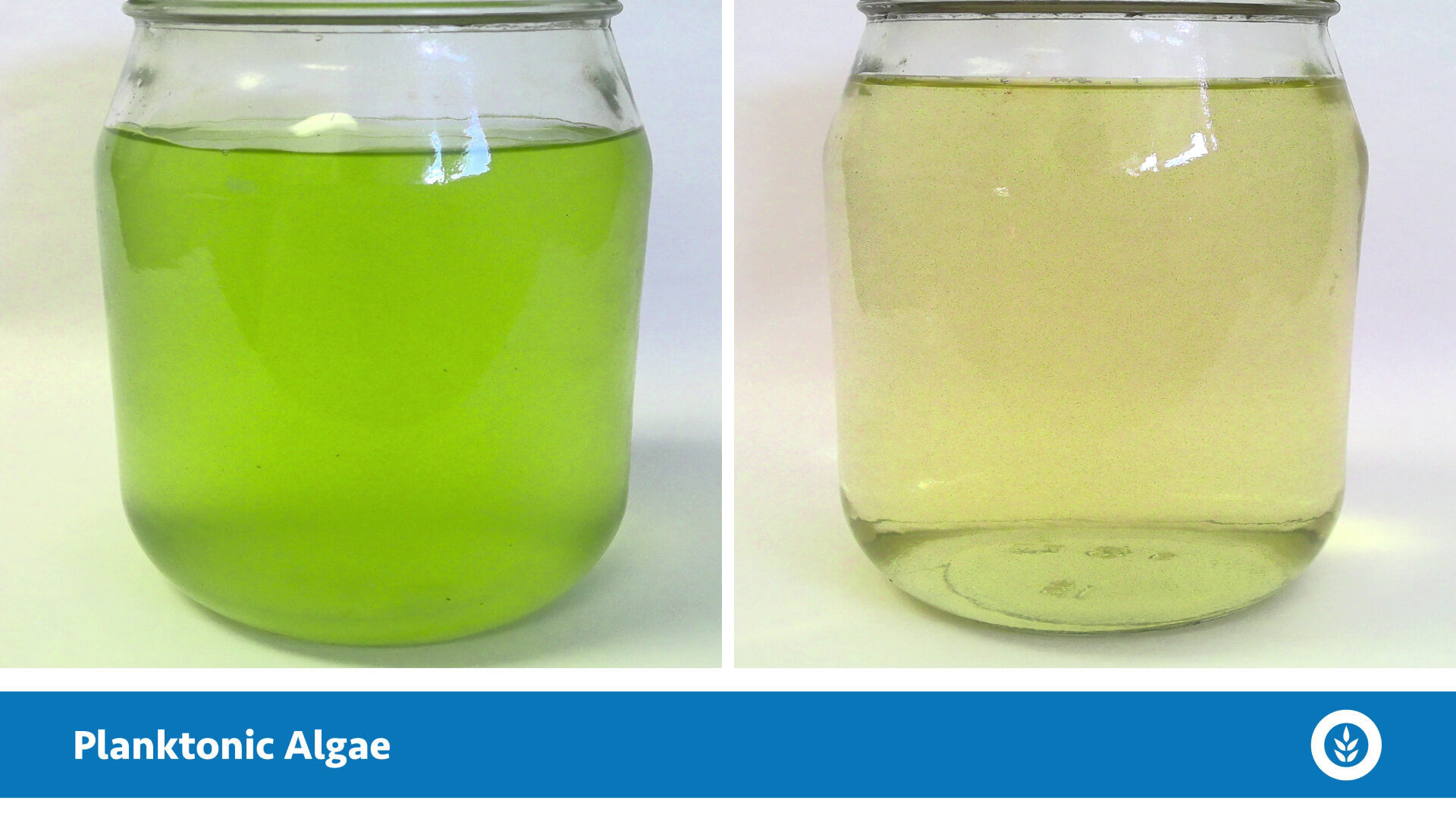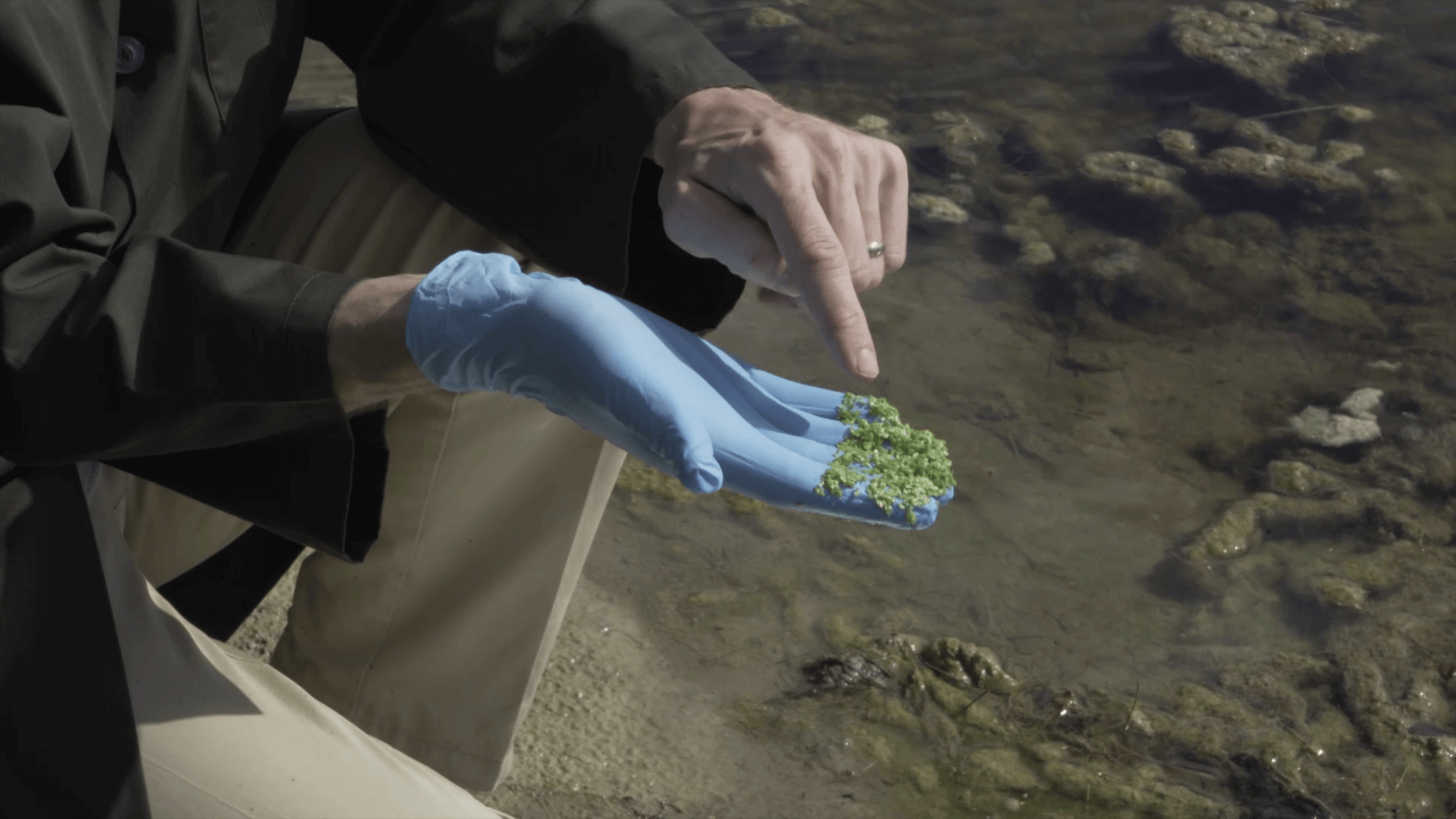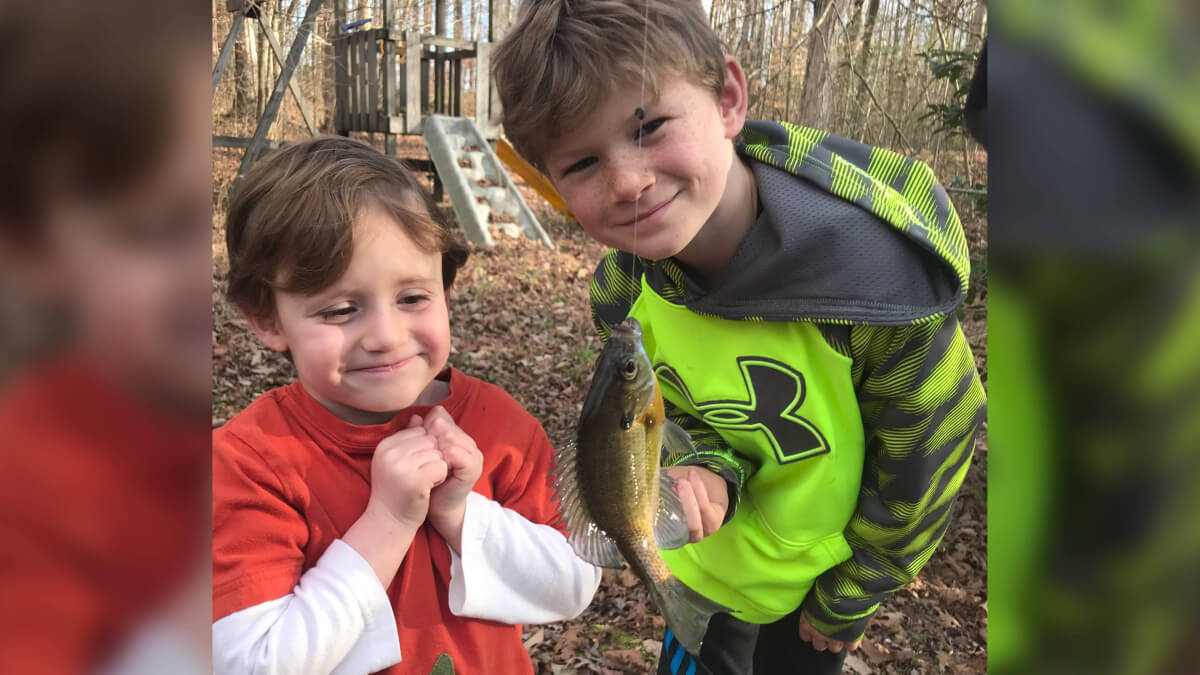Algae Corner: Microscope Creatures
Welcome to this special episode of Algae Corner on microscope creatures! Today we are going to share a little snapshot of many different creatures that are common in lakes and ponds.
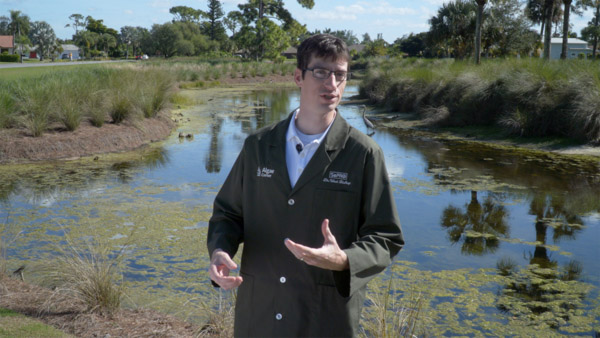
Algae Corner: Initial On-Site Assessment
Want to get Algae Corner Updates? Get the latest news by subscribing to our channel:
Most of the time we are looking for algae under the microscope, but it’s important to note that we see all types of cool creatures in water samples. Some of these may look a little prickly and mean, but most of them are very safe for people and are a very natural component of pond systems.
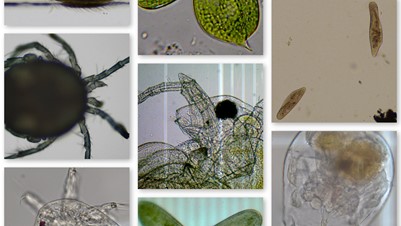
Many Microscopic Creatures Eat Algae
Many of these creatures actually filter out algae and use algae as a food source. They can filter out hundreds of thousands of cells everyday and use them to grow.
Ostracods

First up is a group called the ostracods. Ostracods is a classification, but they are also little crustaceans too—that’s the subphylum. They’re called shrimp seeds. They have a bivalve shell and you can see their legs coming out. Ostracods are usually around one millimeter in size but can vary from about .2 millimeters to 30 millimeters. There are around 8,000 species of ostracods. You usually see them crawling around eating bacteria, detritus, and aquatic growths like algae that’s growing on plants or other filamentous algal mats. Common types are heterocypris and cypridopsis.


Cladoceran

Cladoceran is next. This is an order of classification, and they’re also crustaceans. Again, these are tiny little arthropod animals. There are about 700 species out there, and they’re up to five millimeters in length. Common species in water resources are daphnia and bosmina. They are sort of flattened, have a see-through carapace, and bounce around in the water column. They filter out algae and bacteria detritus, as well as about anything they can fit in their gullets. This is a very common group of invertebrates.


Copepods

The last group of crustaceans we’re going to cover today are the copepods. Again, these are extremely common and over 20,000 species have been described. They’re very small, about one to two millimeters in length. A lot of them have big antennae that come out. Copepods also filter feed out algae, plankton, bacteria, and other things in the water column that they can get in their filtering apparatus and down their gullet. They grow in almost every habitat throughout the world, making them very common in water resources. They start in a little stage called nauplius. After this they molt many times, even five or six times, to grow into different-looking adults.


Three main types of copepods are the calanoids, the harpacticoids, and the cyclopoids.

Rotifers

Next up are a neat group called the rotifers. These are a very small animal measuring .1 to .5 millimeters in length. In fact, rotifers are the world’s tiniest animal. They’re called wheel animals. They have rotors that move around quickly. This helps them create a water current that allows them to bring things – such as algae and bacteria – into their mouths. Rotifers will also eat anything they can fit into their mouths. There are around 2,000 species of this multi-celled tiny aquatic animal. Rotifers swim around and are very common in water resources.


Paramecium

Next up are paramecium. These are little protists. Protists aren’t plants, animals, or fungi. Instead, they’re a group lumped in all together by themselves. They’re unicellular ciliates that are 50-300 micrometers in size. They have short hairs and move around in water bodies with an ameboid movement. Paramecium feed on other microscopic creatures. They can engulf things like bacteria and algae into their gullets. These ciliated protozoa are common in most aquatic habitats.

Water Mites

Water mites are tiny little anthropod animals in the same class as spiders, so arachnida. They have eight legs, big chelicera, and are about two to three millimeters in length. Water mites are piercer predators so they feed on insect larvae, small crustaceans, and anything they can grab and pierce into. They can be pretty creepy looking! However, most of the time they leave people alone. Water mites are a common component in a lot of systems.


Euglenoids

Euglenoids are classified as algae – we had to throw at least one in! Euglenoids include euglena, trachelomonas, and phacus. Euglenoids span many different modes of feeding. Most are photosynthetic. Since they harness energy from the sun, a lot of euglenoids look green or darker in color. Some are indeed mixotrophic or heterotrophic so they can absorb other compounds from the water, use bacteria, or eat other algae. They are single-celled and have a big flagella to help them move around. Some of them have a tail. Euglenoids also have an eye spot so they can detect different wavelengths of light, allowing them to see in the water and swim around. They are proteus classified in that larger group of algae.

Aquatic Systems Are Full of Many Amazing Creatures
As you can see, taking a look under the microscope allows us to see more of the amazing world that’s out there in your pond. There are many very neat components of an aquatic system. We covered a handful of the common species out there, but there are all sorts of other ones as well, such as roundworms, flatworms, and chironomids.

Microscopic creatures are a very natural component of your pond system. We’ve highlighted some of the common ones we see in water samples, and we’re here to help if you have additional questions! We can put you in touch with your local SePRO technical specialist. As always, there is a lot more to learn in the Algae Corner series and on the rest of our site at SePRO.com. Thanks for tuning in!


